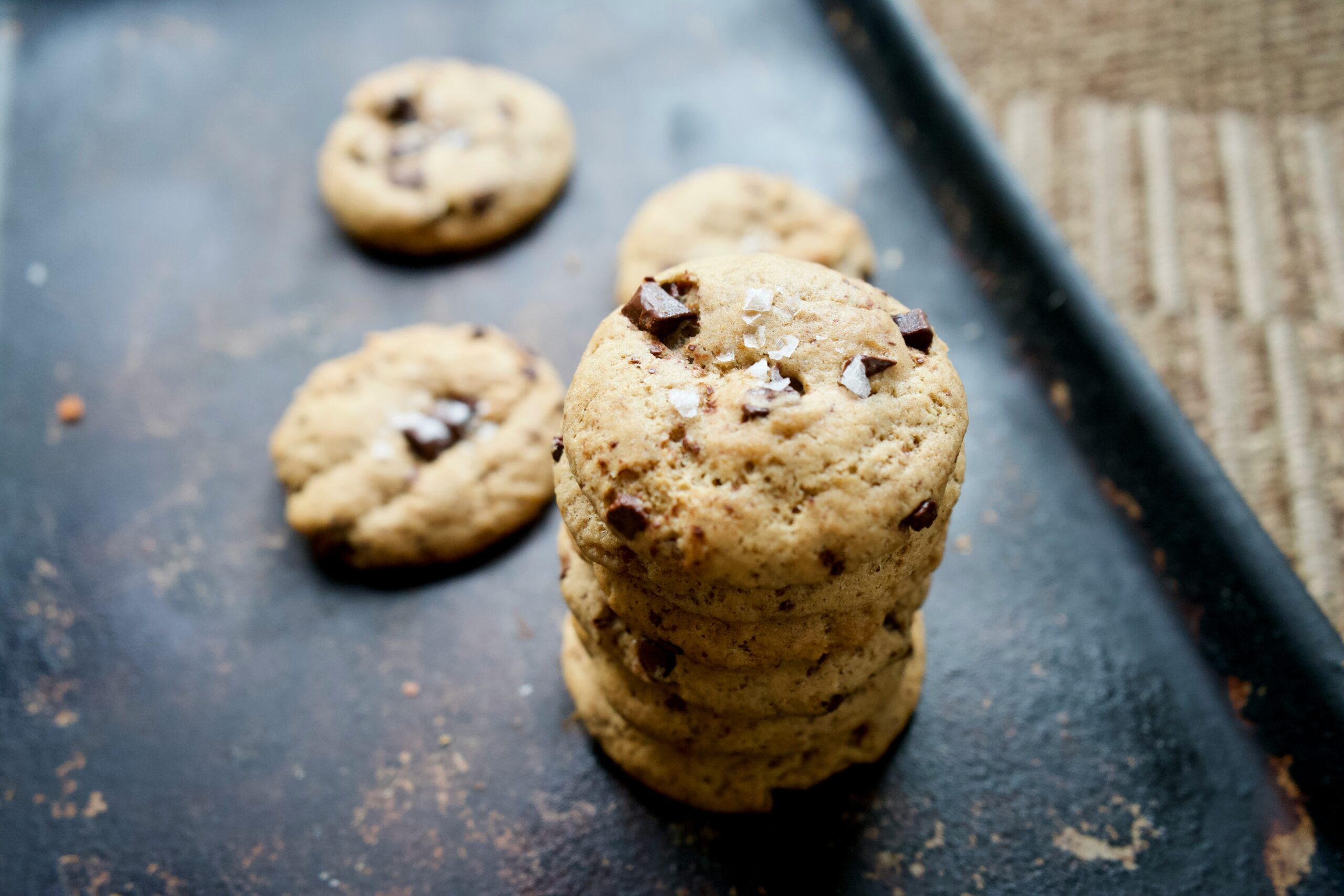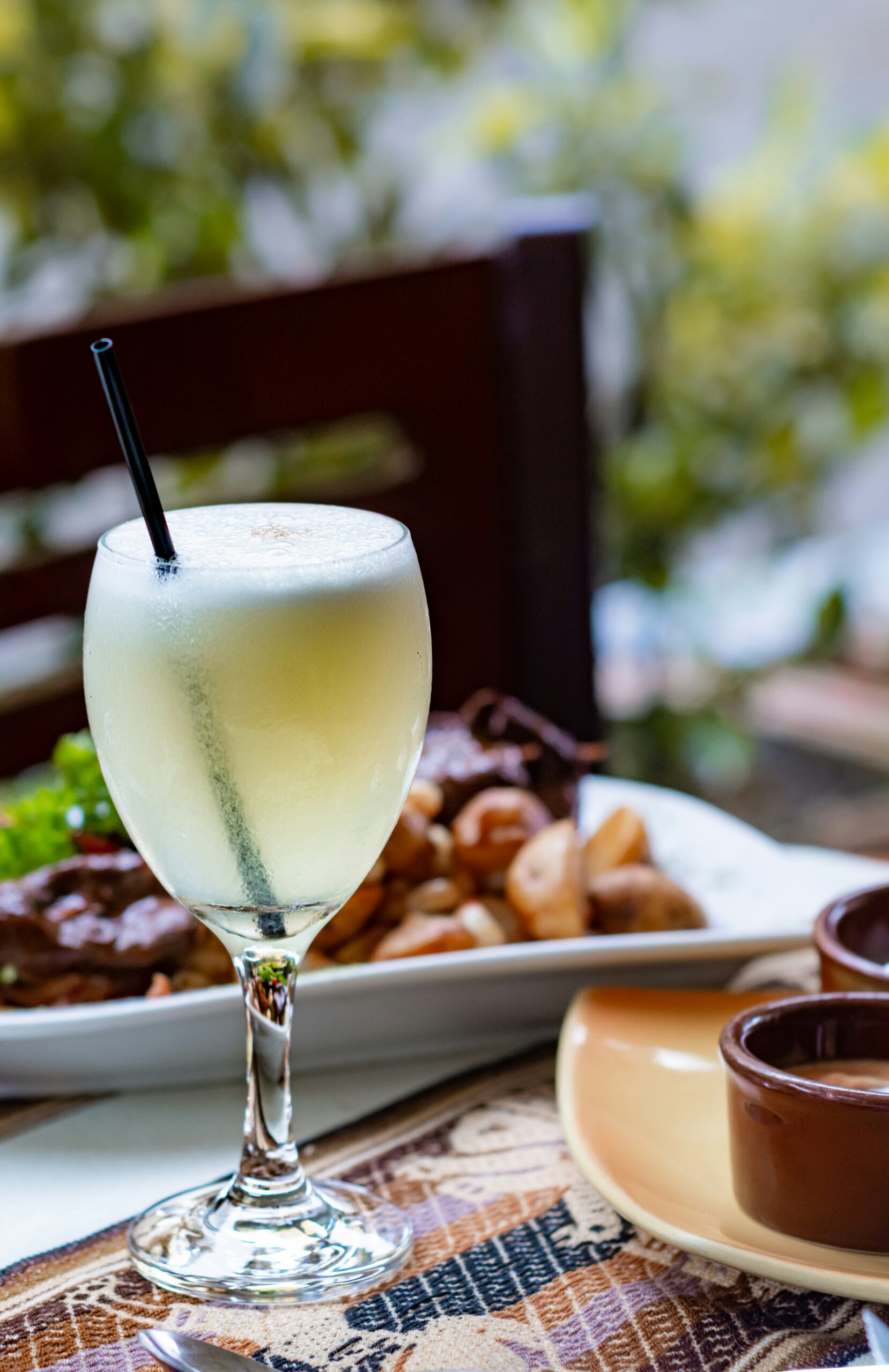Savoring Heritage: A Journey Through Family Recipes That Tell Our Stories
What if I told you that a simple recipe could tell a thousand stories? It’s true! Each time we cook a dish handed down from our ancestors, we’re not just preparing a meal; we’re reviving memories, traditions, and a slice of history. Family recipes serve as the secret sauce of our past, often infused with tales of love, struggle, and resilience. Cooking, then, becomes a beautiful act of remembering.
As a child, I remember bustling around my grandmother’s kitchen, where the air was thick with the scent of her famous apple pie. It was more than just dessert; it was a lesson in patience, a celebration of the harvest, and a testament to our family’s roots. Each ingredient had a story. The apples were picked from the tree in her backyard, the cinnamon was a gift from a neighbor, and the recipe itself had traveled across generations like an heirloom. It struck me that those moments in the kitchen shaped not just my palate but my understanding of who I am.
The Power of Family Recipes
Family recipes are like treasure maps, guiding us through the landscape of our heritage. They tell us where we come from and offer a glimpse into the lives of those who came before us. As food historian John T. Edge once said, “Food is a way of holding on to the past.” When we cook these cherished dishes, we’re engaging in a form of storytelling that transcends time.
Consider the humble recipe card. Often stained with splatters from years of use, each mark tells a story of its own. A dash of this, a pinch of that—those notations often reflect a cook’s personality. The variations in family recipes—from the extra garlic in my aunt’s marinara sauce to the secret spice blend in my father’s chili—speak volumes about our individual experiences and preferences.
Gathering Around the Table
Family meals are often the stage where these stories unfold. The kitchen table becomes a sanctuary where laughter, debates, and sometimes tears mingle over shared plates. I can vividly recall the raucous conversations that erupted during our Sunday dinners, where the aroma of my mother’s roast chicken filled the air. It wasn’t just about the food; it was about the connections we made—those fleeting moments that felt eternal.
- Stories of Love: Many recipes are born out of love—like the chocolate chip cookies my mom baked for my first school bake sale, each one a sweet reminder of her support.
- Traditions and Celebrations: Think of the holiday feasts that revolve around specific dishes—my family’s Thanksgiving wouldn’t be complete without the cranberry sauce that my uncle insists is the best.
- Lessons of Resilience: Some recipes carry the weight of hardship, like my great-grandmother’s bread recipe, which she perfected during the Great Depression.
These gatherings become rituals that strengthen familial bonds. They also create opportunities for storytelling, where the younger generations learn about their lineage. As we pass down recipes, we’re not just sharing ingredients, but also the memories and values that accompany them.
Unraveling the Stories Behind Recipes
Let’s take a closer look at how we can delve deeper into the stories behind our family recipes. Often, it involves a bit of detective work. Who created the recipe? What was the context in which it was first made? Why did it become a staple in your family? Asking these questions can unearth fascinating narratives.
For instance, my friend’s family has a traditional lasagna recipe that originated with her Italian grandmother. When she was young, she would sit at the kitchen table, rolling out pasta dough with her grandmother. That recipe became a bridge between generations, a tangible connection to her heritage. As she recounts those afternoons, it’s clear that the act of cooking was as significant as the meal itself.
Moreover, recipes can change over time. My own grandmother’s apple pie has morphed through the years; sometimes it includes a splash of bourbon, while other times, it’s a more traditional rendition. Each version tells a different story, reflecting the evolving taste of our family, the ingredients available, and the passing of culinary knowledge.
The Importance of Preservation
In an age where technology dominates, the risk of losing these culinary treasures grows. It’s all too easy to overlook handwritten recipes in favor of a quick online search. However, preserving family recipes is crucial, not just for nostalgia but for cultural identity. Food historian Jennifer A. Jordan emphasizes the importance of food in cultural continuity: “Preserving recipes is about preserving the culture of a community.”
So, how do we ensure that these recipes don’t vanish like mist? One way is to gather everyone for a cooking day. Imagine a kitchen bustling with kids, parents, and grandparents, each person contributing their expertise. There’s something magical about witnessing the blending of generations, as the older folks teach the younger ones the nuances of their craft. I remember the joy on my grandmother’s face when she saw my niece trying to roll dumplings just like she did.
Documenting Our Culinary Heritage
As you embark on this journey of preserving your family’s culinary legacy, consider creating a family recipe book. This can be as simple as a scrapbook filled with handwritten recipes and photos or a more polished digital version. Including anecdotes and stories next to each recipe adds a deeply personal touch. It can turn into a cherished keepsake that future generations will treasure.
Another approach is to record oral histories. Grab a voice recorder or, heck, just your smartphone. Call up Grandma and ask her to share her memories of cooking—her laughter, her struggles, and the lessons she learned along the way. You might be surprised at the wealth of stories that come bubbling to the surface.
Why Family Recipes Matter in Today’s World
In our fast-paced society, where convenience often trumps tradition, family recipes serve as a reminder of the importance of connection. They insist that we slow down, gather our loved ones, and engage in something meaningful. Eating together fosters a sense of belonging, which is perhaps more vital now than ever.
Moreover, family recipes can be a source of comfort during challenging times. There’s something inherently soothing about the smell of something home-cooked, like my mother’s chicken noodle soup when I was feeling under the weather. It’s like a warm hug served in a bowl. Food has this incredible power to evoke emotions and memories that can heal and nurture.
Exploring Cultural Heritage Through Recipes
Family recipes are a microcosm of broader cultural narratives. They reflect the history, migration patterns, and traditions of entire communities. As we dig deeper into our own family recipes, we often find ourselves exploring the richness of our cultural heritage.
Consider the influence of immigration on culinary traditions. Many families have recipes that trace back to their ancestors’ homelands, carrying flavors and techniques across borders. For instance, my neighbor’s family recipe for biryani tells the story of their Indian roots, merging fragrant spices with local ingredients from their new home.
Furthermore, cultural exchange can lead to extraordinary culinary fusions. In my own kitchen, I’ve experimented with blending my Italian roots with my partner’s Mexican heritage, resulting in some truly unexpected yet delightful meals. Who would’ve thought that pesto could make a fantastic topping for quesadillas? It’s a delicious reminder that food is a universal language, transcending boundaries and bringing people together.
Learning from Other Cultures
Exploring family recipes from other cultures can be a fascinating journey. The culinary world is rich with stories waiting to be told. As food enthusiast and author Yotam Ottolenghi aptly puts it, “Food is a way to connect with others.”
When researching recipes from different cultures, one can find incredible narratives that reveal the heart of a community. For example, the tradition of making tamales during the holidays in Mexican culture is not just about the food; it’s a communal affair that brings families together for days of preparation and celebration.
Engaging with these traditions can foster a deeper appreciation for diversity. Inviting friends from various backgrounds to share their family recipes can enrich your own cooking experience while building connections based on shared culinary experiences. It’s a delicious way to learn about history, culture, and the human experience.
Conclusion: A Recipe for Connection
As we savor the flavors of our heritage, we also discover a recipe for connection that binds us to our past and to each other. Family recipes are more than just a list of ingredients; they embody love, history, and the essence of who we are. They remind us that, in the grand tapestry of life, food weaves together the threads of our stories.
So, the next time you pull out that recipe card, take a moment to reflect on the stories behind it. Remember the hands that crafted it, the laughter shared over meals, and the lessons learned through cooking. In doing so, you’ll find that each dish you prepare is a chapter in your family’s narrative, one that deserves to be savored and shared.
In the end, it’s not just about the food on the table—it’s about the love that fills the room, the stories that linger long after the last bite, and the legacy that we pass on through generations. After all, in this journey through family recipes, we’re not just feeding our bodies; we’re nourishing our souls.




